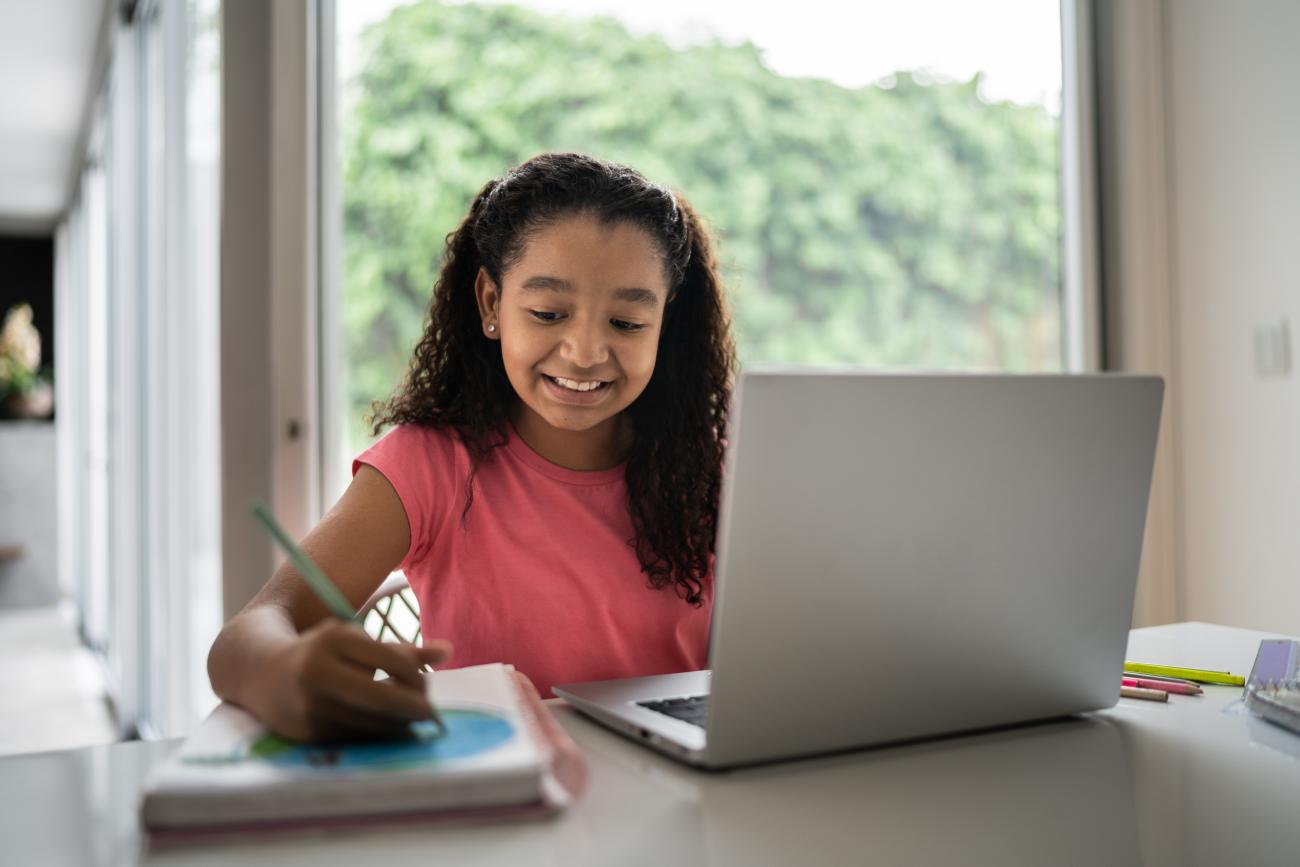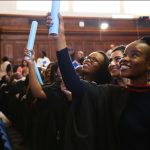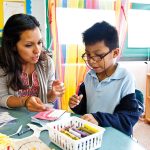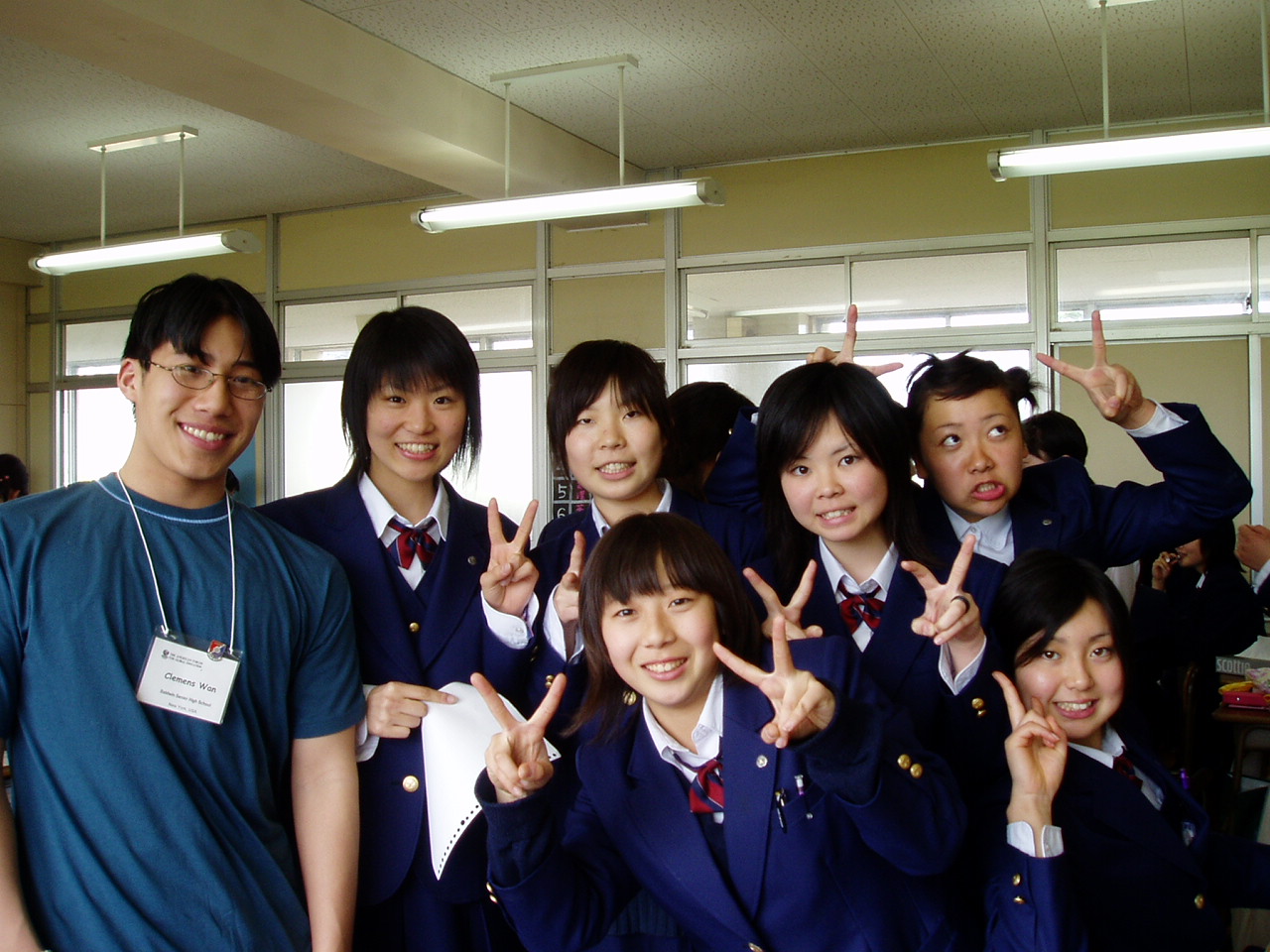Unveiling the Tapestry of Learning: Styles and Strategies That Ignite Knowledge

Learning is a deeply personal and intricate journey, with each individual weaving their own unique tapestry of understanding. Recognizing and understanding one’s learning style is like discovering the colors and patterns that make up this tapestry. In this blog post, we’ll embark on a journey to explore different learning styles and unveil effective strategies that cater to diverse ways of acquiring knowledge.
Understanding Learning Styles
- Visual Learners: Painting Pictures with KnowledgeVisual learners thrive on images, charts, and diagrams. They comprehend information best when it’s presented in a visual format. Utilizing colorful graphics, mind maps, and videos can enhance the learning experience for visual learners, making complex concepts more accessible.
- Auditory Learners: Orchestrating Understanding through SoundFor auditory learners, the key lies in listening. They grasp information more effectively through lectures, discussions, and audio materials. Podcasts, group discussions, and verbal explanations can be powerful tools to engage and enhance the learning process for those inclined towards auditory learning.
- Kinesthetic/Tactile Learners: Embracing Hands-On ExplorationKinesthetic learners learn by doing. They thrive in hands-on activities, experiments, and physical engagement with the material. Incorporating interactive simulations, experiments, and role-playing exercises can transform the learning experience for kinesthetic learners, allowing them to grasp concepts through physical engagement.
- Reading/Writing Learners: Crafting Understanding Through WordsReading/writing learners excel in written communication. They prefer to process information through reading and writing. Strategies such as note-taking, journaling, and written summaries are effective in helping these learners internalize and retain information.
Crafting Effective Learning Strategies
- Multimodal Approach: Bridging the Style GapRecognizing that individuals often have a combination of learning styles, a multimodal approach incorporates various methods to cater to diverse preferences. This approach ensures that a spectrum of learners can access and understand information through a combination of visual, auditory, and tactile experiences.
- Active Learning: Engaging the Mind and BodyActive learning strategies involve students in the learning process rather than having them passively receive information. Group discussions, problem-solving activities, and interactive projects stimulate critical thinking and encourage active participation, creating a more immersive and engaging learning environment.
- Mindfulness and Metacognition: Reflective Learning for Lasting ImpactMindfulness practices and metacognition encourage students to reflect on their learning process. By fostering awareness of how they learn, individuals can develop effective study habits, understand their strengths, and identify areas for improvement. This reflective approach promotes a deeper understanding of the material.
- Personalized Learning Paths: Tailoring Education to Individual Needs Technology plays a pivotal role in facilitating personalized learning paths. Adaptive learning platforms, online courses, and educational apps allow learners to progress at their own pace, focusing on areas that require more attention. This individualized approach ensures that each learner’s unique needs are addressed.
Fostering a Growth Mindset: Embracing Challenges and Feedback
Understanding one’s learning style goes hand in hand with cultivating a growth mindset. Encouraging learners to view challenges as opportunities for growth and to see feedback as a constructive tool fosters resilience and a positive attitude toward learning. When learners believe in their capacity to improve, they become more motivated and open to exploring various learning strategies.
Collaborative Learning: Building Knowledge through Interaction
Collaborative learning taps into the power of social interaction. Group projects, peer-to-peer discussions, and teamwork not only cater to different learning styles but also provide an opportunity for individuals to share their perspectives, learn from one another, and build a collective understanding of the subject matter.
Real-World Application: Bridging Theory and Practice
Connecting theoretical concepts to real-world applications is a powerful learning strategy. By demonstrating how academic knowledge translates into practical skills and solutions, learners gain a deeper understanding of the relevance and significance of what they’re studying. This approach is particularly effective for kinesthetic learners who thrive in hands-on experiences.
Continuous Feedback Loop: Iterative Learning for Mastery
Establishing a continuous feedback loop allows learners to monitor their progress and make adjustments accordingly. Regular assessments, self-assessment tools, and constructive feedback from educators create an environment of iterative learning. This iterative process encourages learners to refine their understanding and build mastery over time.
Cultural Sensitivity: Tailoring Education to Diverse Backgrounds
Recognizing and respecting cultural diversity is integral to effective education. Learning styles can be influenced by cultural backgrounds, and educators should be sensitive to these variations. Integrating culturally relevant examples, diverse perspectives, and inclusive teaching methods ensures that education resonates with learners from different cultural contexts.
Lifelong Learning: Nurturing a Passion for Knowledge Beyond the Classroom
Learning doesn’t end with formal education; it’s a lifelong journey. Instilling a love for learning and fostering curiosity sets the stage for continuous personal and professional development. Encouraging individuals to explore their interests, pursue self-directed learning, and stay curious nurtures a mindset that embraces the ever-evolving landscape of knowledge.
Adaptability and Flexibility: Meeting the Changing Needs of Learners
The field of education is dynamic, and so are the needs of learners. Flexibility in teaching methods, adapting to technological advancements, and staying attuned to evolving educational theories are crucial for educators. This adaptability ensures that education remains relevant, engaging, and effective in meeting the diverse learning styles of each generation.
In Conclusion: A Symphony of Learning Styles and Strategies
In the symphony of education, learning styles and strategies harmonize to create a melody of understanding and growth. By recognizing the individuality of learners, embracing diverse strategies, and fostering an environment that encourages continuous learning, we can collectively contribute to an educational landscape that empowers individuals to thrive and contribute meaningfully to the world. As we navigate this intricate tapestry of learning, let us celebrate the uniqueness of each learner and the boundless possibilities that unfold when we tailor education to the kaleidoscope of learning styles.











